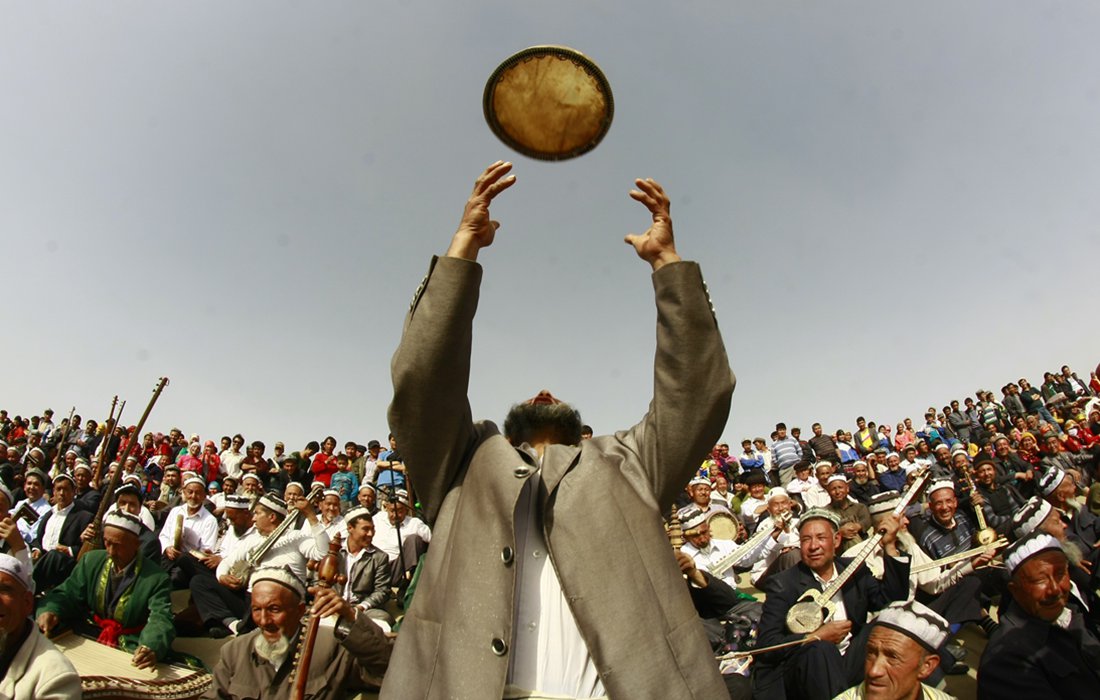
How well do you know these Chinese contributions to UNESCO's Representative List of the Intangible Cultural Heritage of Humanity?
By Globaltimes.cn, Published: 2016-12-07 12:54:28
Uyghur Muqam of Xinjiang, included on the Representative List of the Intangible Cultural Heritage of Humanity in 2008. This collection of traditional practices is in a sense an encyclopedia of Uyghur culture, offering a mix of song, dance and various musical instruments. Photo: CFP
Editor's Note:
China has 31 items listed on the Representative List of the Intangible Cultural Heritage of Humanity, with some unfamiliar to all but the most serious of Sinophiles. How many can you recognize from the list below?
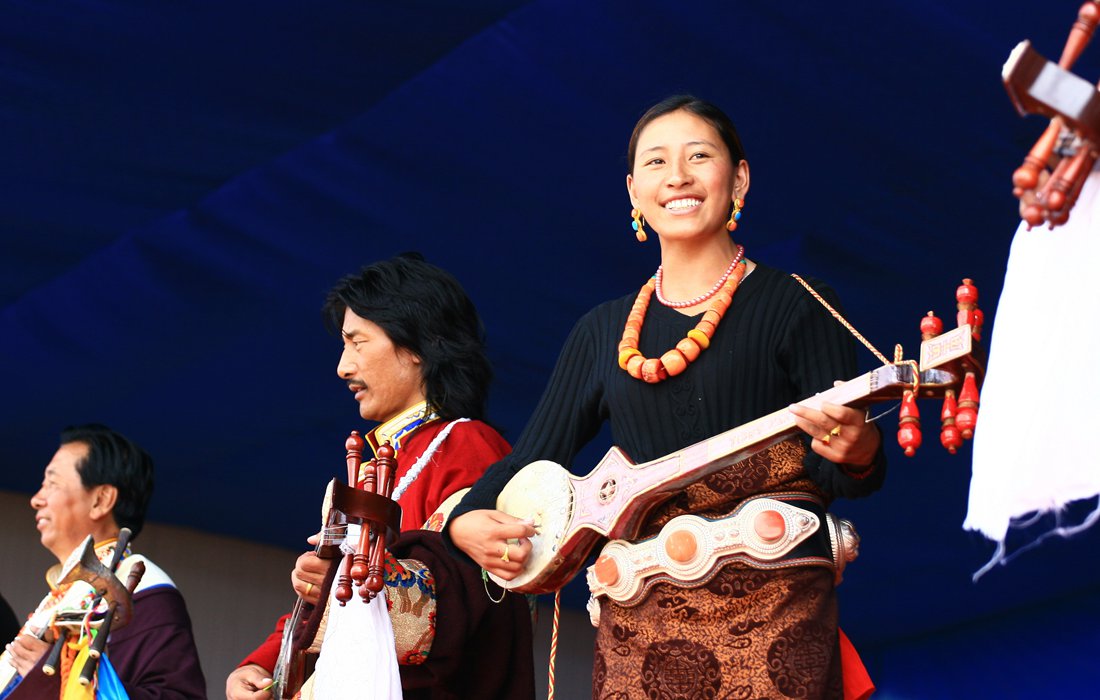 Gesar epic tradition, included on the Representative List of the Intangible Cultural Heritage of Humanity in 2009. "The Life of King Gesar" is the world's longest epic poem. King Gesar tells the story of an ancient Tibetan king who conquered the devils of other Tibetan tribes and made Tibet stable, according to Xinhua. Photo: CFP
Gesar epic tradition, included on the Representative List of the Intangible Cultural Heritage of Humanity in 2009. "The Life of King Gesar" is the world's longest epic poem. King Gesar tells the story of an ancient Tibetan king who conquered the devils of other Tibetan tribes and made Tibet stable, according to Xinhua. Photo: CFP 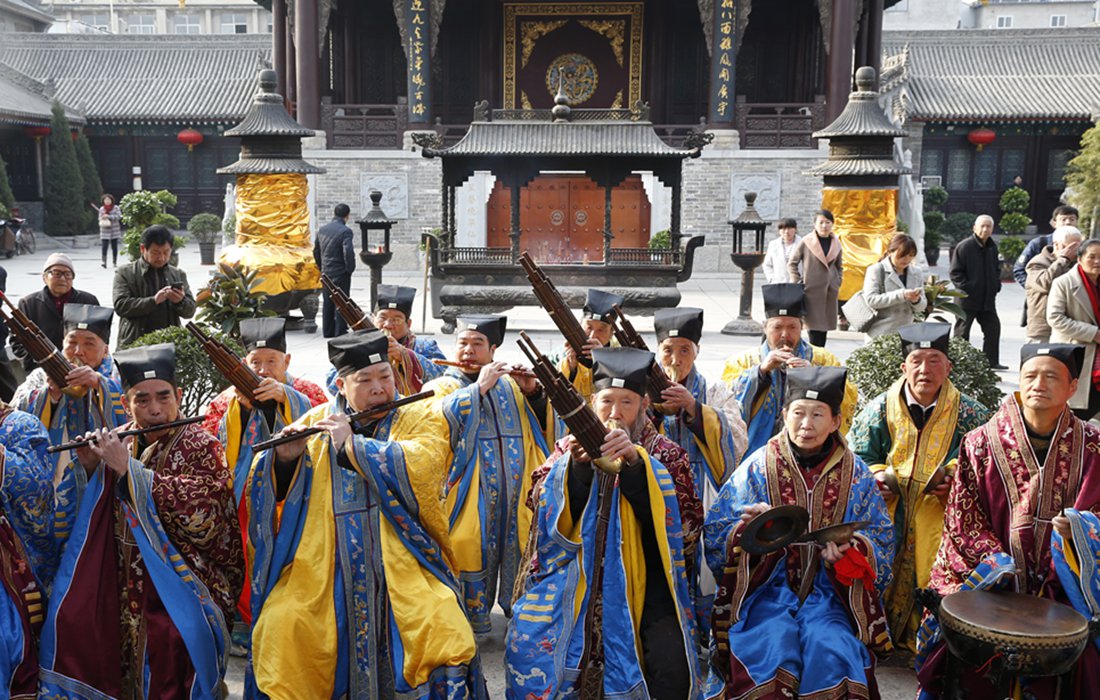 Xi'an wind and percussion ensemble, included on the Representative List of the Intangible Cultural Heritage of Humanity in 2009. This is one of the best preserved forms of large-scale folk music in China, showcasing the traditional music of the ancient Chinese. Photo: CFP
Xi'an wind and percussion ensemble, included on the Representative List of the Intangible Cultural Heritage of Humanity in 2009. This is one of the best preserved forms of large-scale folk music in China, showcasing the traditional music of the ancient Chinese. Photo: CFP 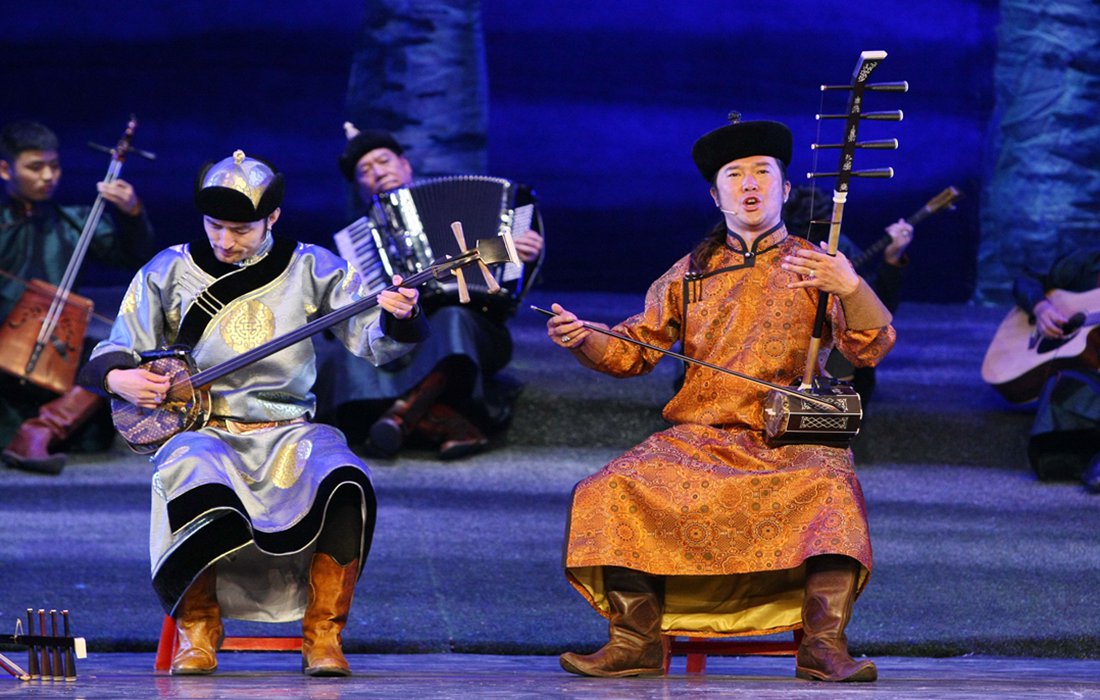 Mongolian art of Khoomei singing, included on the Representative List of the Intangible Cultural Heritage of Humanity in 2009. The singer uses his or her vocal cords to produce two different pitches at the same time, making Khoomei a unique Mongolian overtone singing style. Photo: CFP
Mongolian art of Khoomei singing, included on the Representative List of the Intangible Cultural Heritage of Humanity in 2009. The singer uses his or her vocal cords to produce two different pitches at the same time, making Khoomei a unique Mongolian overtone singing style. Photo: CFP 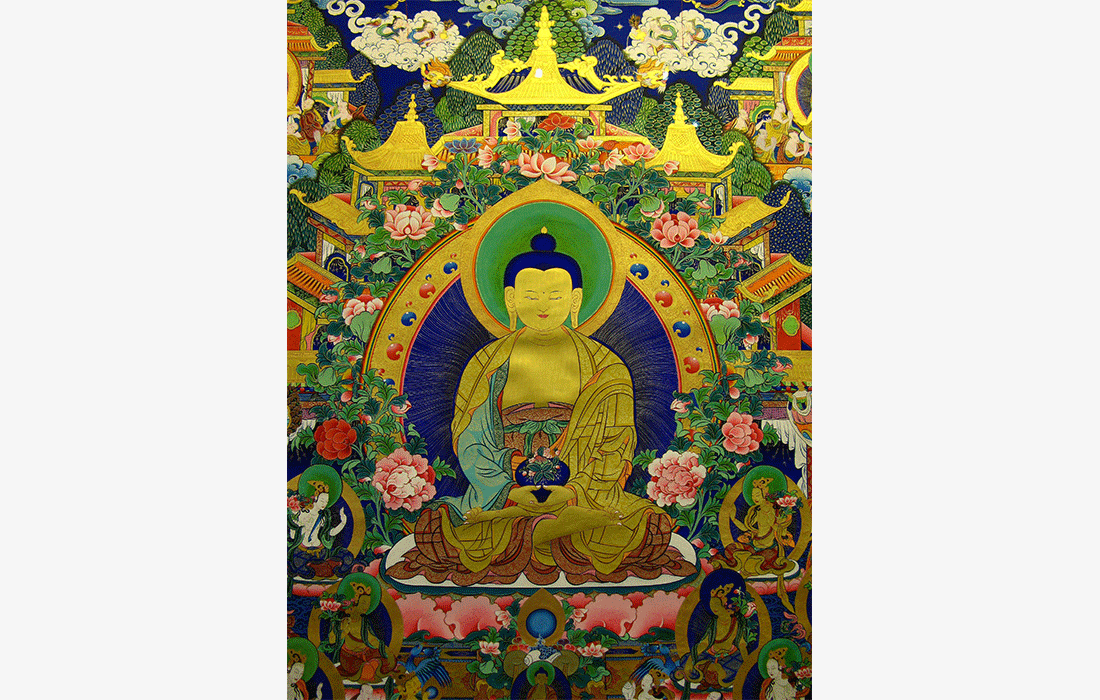 Regong arts, included on the Representative List of the Intangible Cultural Heritage of Humanity in 2009. Regong arts mainly refers to the art forms of thangka paintings, murals, barbola works and sculptures portraying Buddha. Photo: CFP
Regong arts, included on the Representative List of the Intangible Cultural Heritage of Humanity in 2009. Regong arts mainly refers to the art forms of thangka paintings, murals, barbola works and sculptures portraying Buddha. Photo: CFP 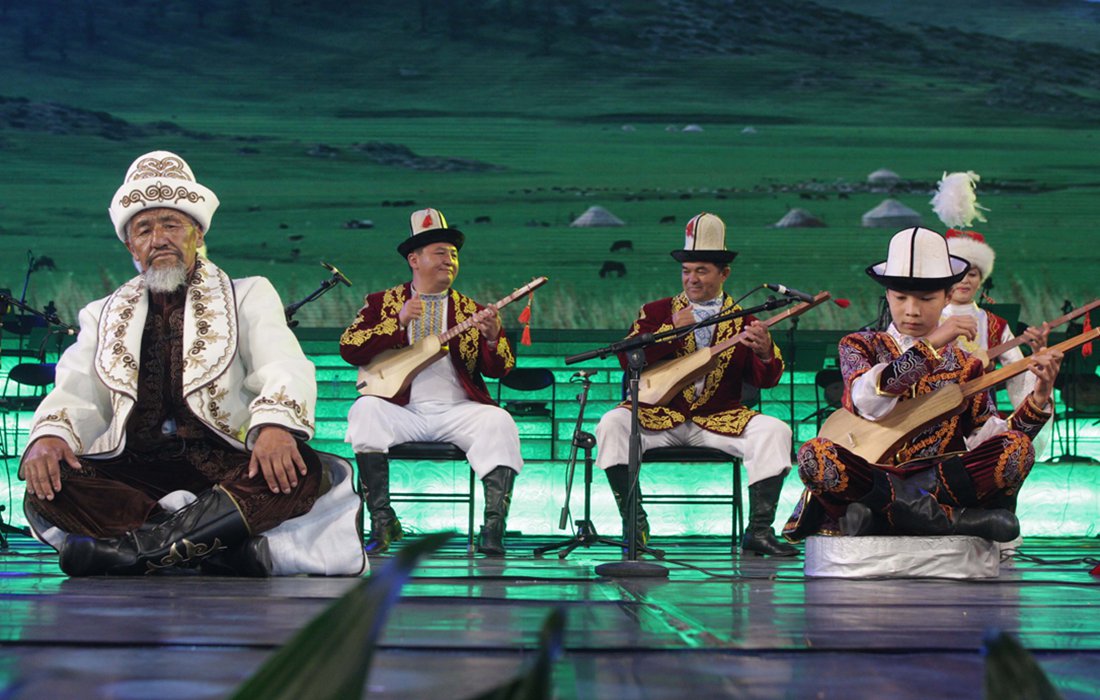 Manas, included on the Representative List of the Intangible Cultural Heritage of Humanity in 2009. Manas is not only a valuable piece of literary heritage, but also a valuable window into Kyrgyz language, history, and folk customs. Photo: CFP
Manas, included on the Representative List of the Intangible Cultural Heritage of Humanity in 2009. Manas is not only a valuable piece of literary heritage, but also a valuable window into Kyrgyz language, history, and folk customs. Photo: CFP 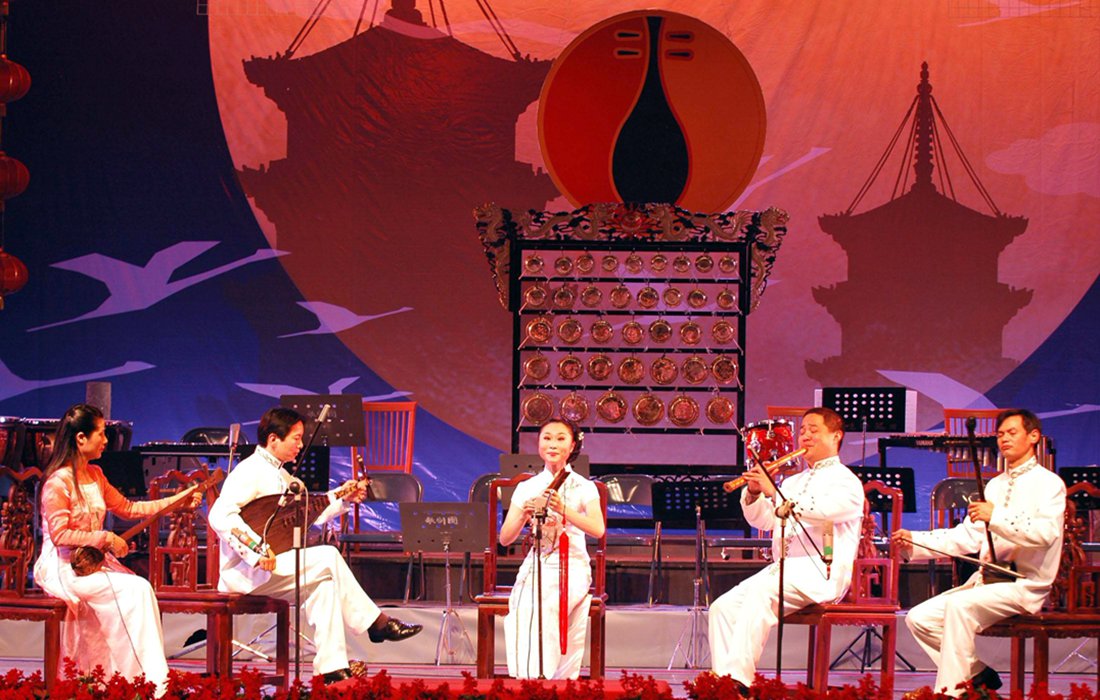 Nanyin, included on the Representative List of the Intangible Cultural Heritage of Humanity in 2009. Originating in Quanzhou, Fujian Province, Nanyin is one of China's oldest musical forms. Photo: CFP
Nanyin, included on the Representative List of the Intangible Cultural Heritage of Humanity in 2009. Originating in Quanzhou, Fujian Province, Nanyin is one of China's oldest musical forms. Photo: CFP 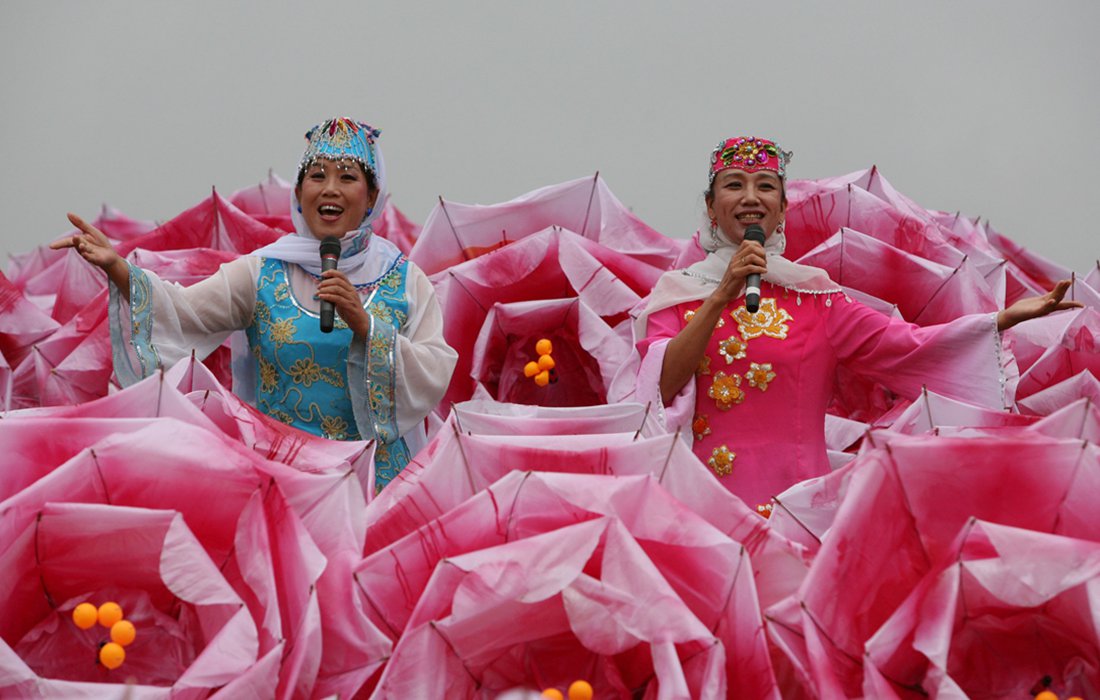 Hua’er, included on the Representative List of the Intangible Cultural Heritage of Humanity in 2009. Hua’er is a kind of folk song popular in Gansu and Qinghai provinces, embodying the spirit of the local people and carrying a distinctive taste of rural life. Photo: CFP
Hua’er, included on the Representative List of the Intangible Cultural Heritage of Humanity in 2009. Hua’er is a kind of folk song popular in Gansu and Qinghai provinces, embodying the spirit of the local people and carrying a distinctive taste of rural life. Photo: CFP 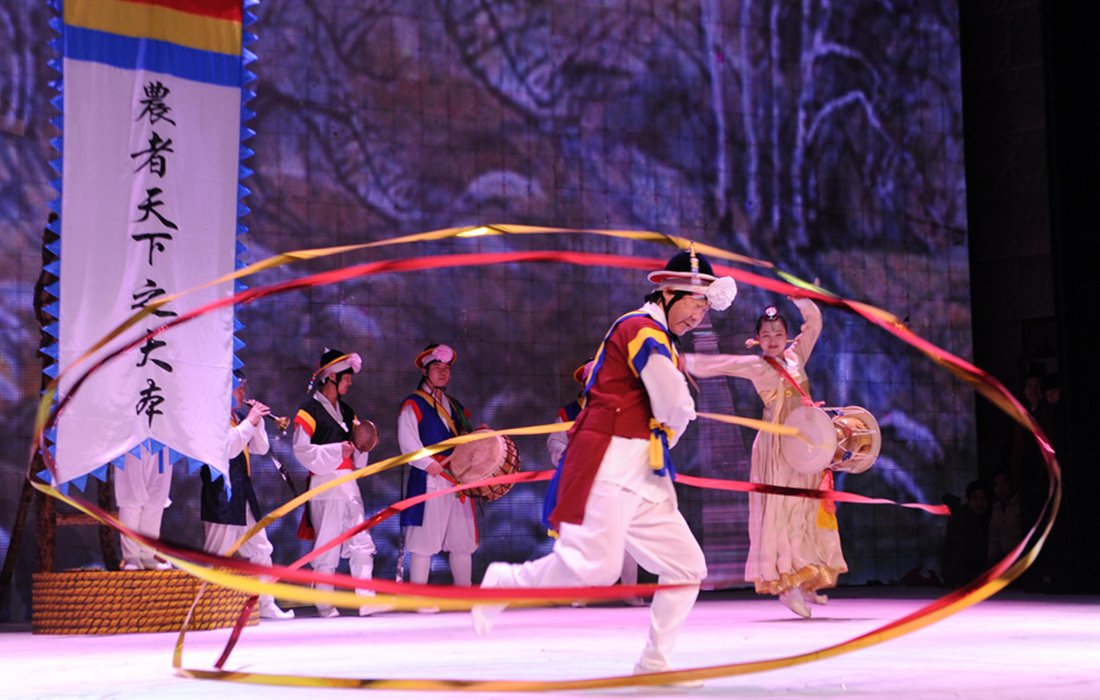 Farmer's dance of China's Korean ethnic group, included on the Representative List of the Intangible Cultural Heritage of Humanity in 2009. This is a form of performance art from China's Korean ethnic group in north-eastern China, both a celebration of the harvest and a sign of respect to the environment. Photo: CFP
Farmer's dance of China's Korean ethnic group, included on the Representative List of the Intangible Cultural Heritage of Humanity in 2009. This is a form of performance art from China's Korean ethnic group in north-eastern China, both a celebration of the harvest and a sign of respect to the environment. Photo: CFP 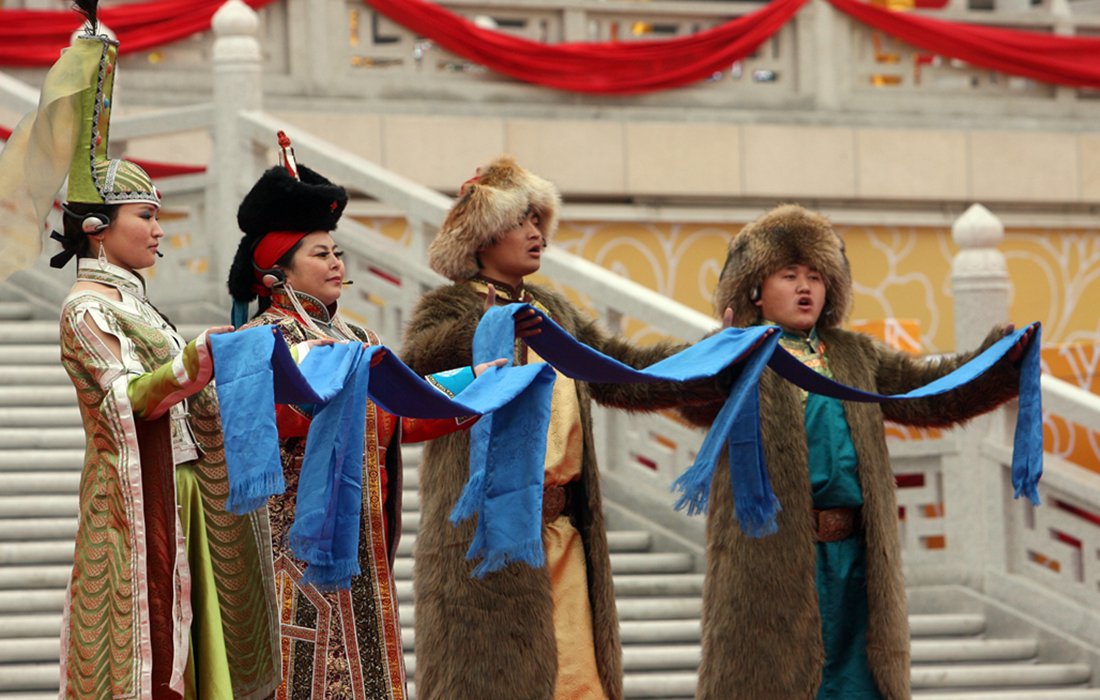 Urtiin Duu, traditional folk long song, included on the Representative List of the Intangible Cultural Heritage of Humanity in 2008. Urtiin Duu, bursting with distinctive nomadic flavor, is used by the Mongolian people to express their emotions and share their philosophy on life. Photo: CFP
Urtiin Duu, traditional folk long song, included on the Representative List of the Intangible Cultural Heritage of Humanity in 2008. Urtiin Duu, bursting with distinctive nomadic flavor, is used by the Mongolian people to express their emotions and share their philosophy on life. Photo: CFP


















